The Impact of Microtransactions in Candy Crush Saga
Sep-15-2024
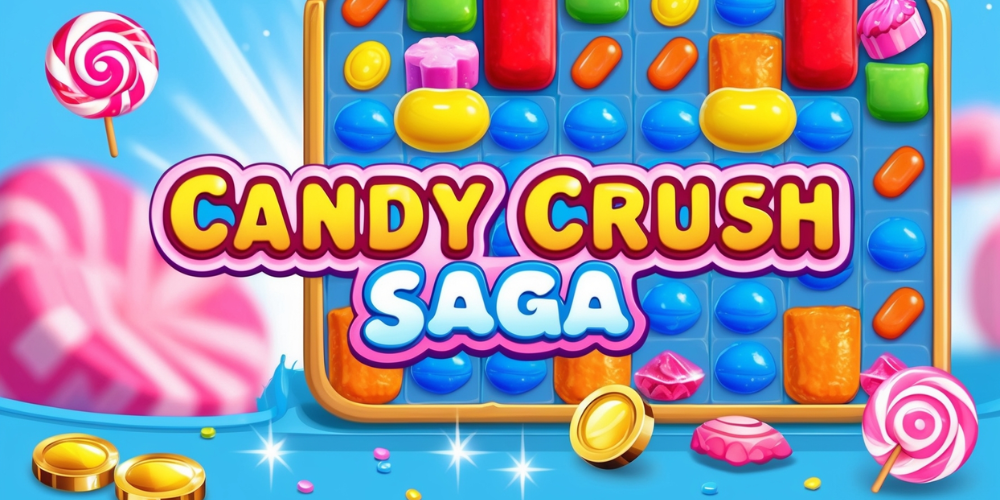
As someone who was initially skeptical of mobile games, I found myself irresistibly drawn to Candy Crush Saga. It all started innocently; I needed a way to unwind during my daily commute. The vibrant colors, cheerful melodies, and whimsical characters quickly captured my attention. I was hooked. However, it didn’t take long for me to notice the underlying mechanics that would shape my experience: the microtransactions.
The Enticing World of Microtransactions
At first, I brushed off the idea of spending money on in-game purchases. After all, the game was free to play, and I was making reasonable progress on my own. But as I advanced to higher levels, the challenges became increasingly difficult. That's when I started to notice the temptation of microtransactions. Special boosters, extra lives, and the ability to unlock new levels instantly were just a tap away.
The Push and Pull of Strategy
With every challenging board I encountered, a subtle push towards spending money emerged. I found myself weighing the options between strategically using my earned coins or succumbing to the ease of a quick purchase. I couldn’t help but feel that the game was cleverly designed to prompt spending, capitalizing on my emotional investment in beating the next level.
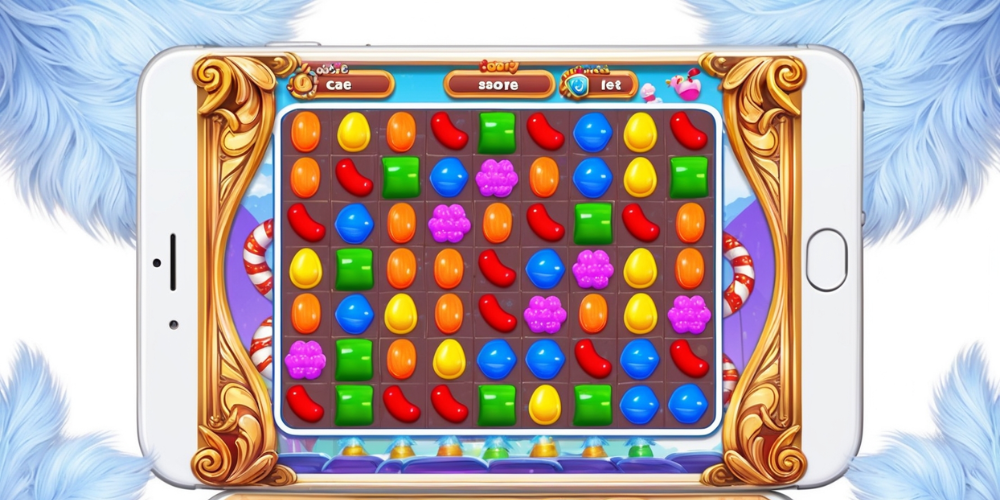
The Cost of Progression
As I navigated through Candy Crush, I began to realize how much my progress was dictated by these microtransactions. Levels that seemed impossibly difficult without the latest power-up forced me to consider shelling out a few bucks. The hourly limitations on lives added another layer of pressure, creating a sense of urgency to either wait it out or throw down cash for a quick fix.
Boosters: The Sweet Temptation
Boosters became especially alluring. I often aimed for that coveted striped candy or a color bomb, but these items were not easily earned. Often, I found myself at a crossroads: invest time grinding for coins or purchase boosters to make progress. The emotional tug-of-war made this decision harder, knowing that a small investment could help me conquer a particularly sneaky level.
Friends and Competitiveness
The social aspect of Candy Crush twisted the narrative around microtransactions even further. Seeing friends advance to levels I hadn’t reached yet, or match the scores they posted on social media, made me reconsider my reluctance to spend. The pressure of competition often led me to justify my microtransactions. I wanted to keep up, to engage more fully with the community I’d inadvertently became part of.
The Illusion of Free Play
Although the game marketed itself as free-to-play, the winks and nudges towards spending gave me pause. Was it really free if my enjoyment could only be maximized by making purchases? I began to scrutinize the game mechanics. Each level designed to tease just enough frustration to consider making a purchase felt like a clever marketing tactic that blurred the lines between free play and a paywall.
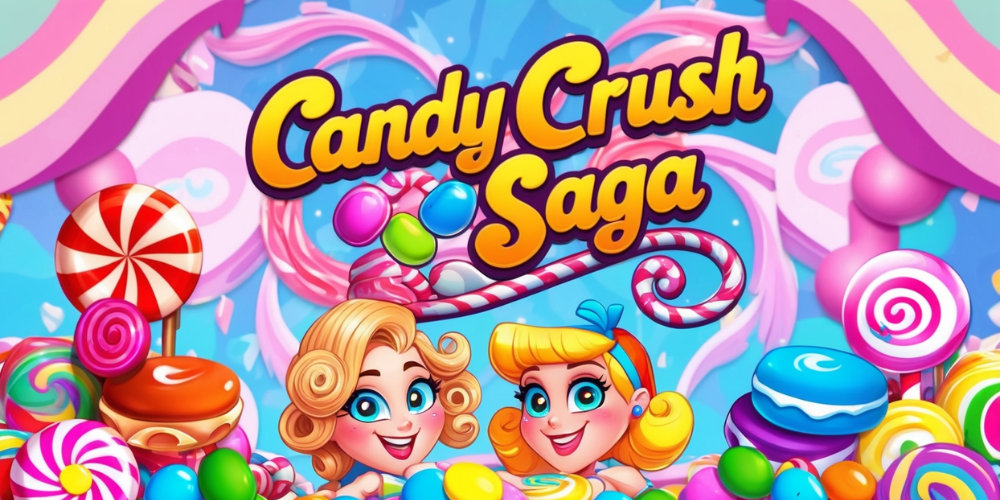
Psychological Mechanics at Play
What struck me the most was the psychological manipulation at the core of the microtransaction system. Levels weren’t just hard for the sake of challenge; they were intentionally crafted to provoke feelings of inadequacy and frustration. Many times I found myself asking, "Am I really willing to live with this defeat, or should I just get that extra life?" This emotional rollercoaster made it all too easy to reach for my wallet.
Data and Decision Making
Candy Crush Saga is undoubtedly a masterclass in data-driven design. I learned that game developers closely monitored player behavior, which allowed them to fine-tune the game to push specific microtransaction opportunities. Observing my play patterns made me more aware of the nudges I received to purchase additional moves or extra lives strategically placed at key moments.
Understanding the Pay-to-Win Dilemma
The term "pay-to-win" often comes to mind when discussing games laden with microtransactions. I grappled with whether spending money truly gave me an advantage or if it simply hastened my ability to move through levels. While I didn’t want to feel like I was cheating, I also didn’t want to be left behind due to my reluctance to partake in the microtransaction culture.
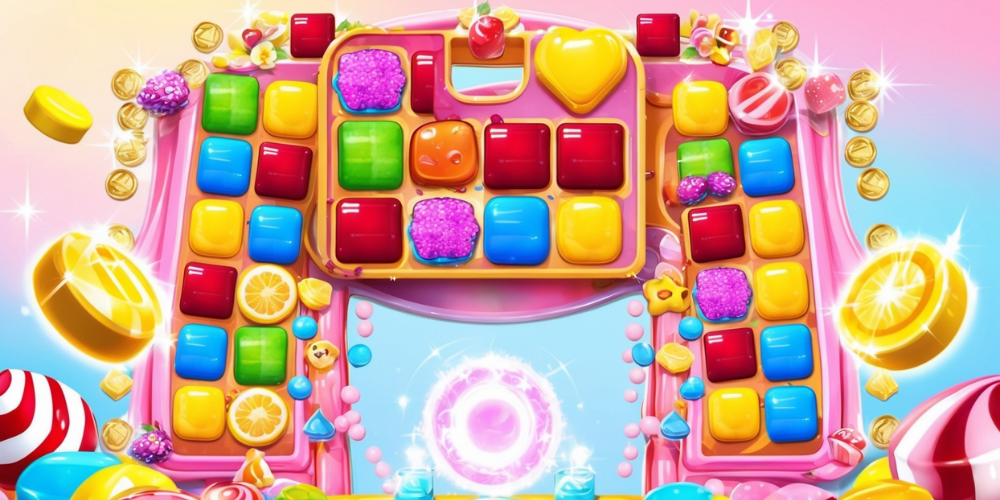
Community and Conversation
Sharing my Candy Crush experiences with friends opened up fascinating conversations about microtransactions and gaming ethics. Some were staunch opponents of spending any money, while others embraced the practice, viewing it as a small price for greater enjoyment. These discussions prompted me to reflect on my own values and gaming philosophy.
The Financial Toll of Gaming
As I continued my Candy Crush journey, I kept a mental tally of my spending. The amount started as a few dollars here and there but soon added up to a sizeable chunk. Realizing this financial toll led me to contemplate the larger implications of microtransactions in gaming. I wondered how many players like myself fell into the same spending trap, lured by the urgent need to progress.
A Balancing Act
Despite the negatives, I found joy in balancing the two worlds: being a strategic player and occasionally indulging in microtransactions. I developed a more responsible approach by limiting my spending and playing with greater intent. The challenge became navigating the game on my terms, rather than letting the game dictate my enjoyment and financial choices.
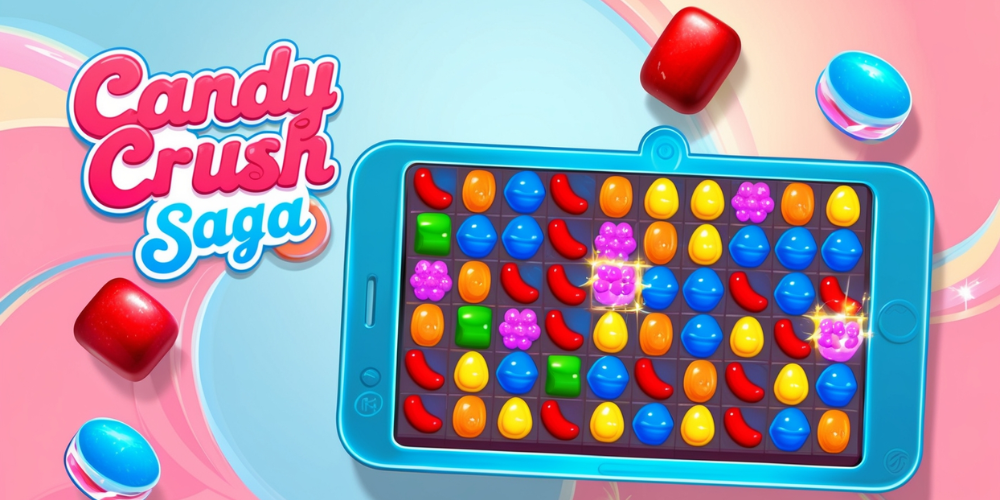
Finding Alternative Rewards
To counteract the impulse to spend, I began focusing on earning rewards through skill, patience, and perseverance. The satisfaction of overcoming a difficult level without a booster or extra moves felt immensely gratifying. I started celebrating my small victories as triumphs of strategy rather than cash transactions, which revitalized my connection to the game.
Sharing the Experience
As I shared my experiences with others, I discovered different perspectives. Many players had unique strategies regarding microtransactions, expressing how they could enrich or hinder their gameplay. Engaging in these conversations reminded me that every player navigates the landscape of Candy Crush differently, and personal experiences shape our views on spending and in-game purchases.
Understanding the Long-Term Impact
Ultimately, as I continued to play Candy Crush Saga, I couldn’t ignore the long-term implications of my choices. Would I cherish my gaming experience if it was punctuated by microtransaction spending? Or would I regret my financial decisions in hindsight? I began to view the game as a reflection of my choices, values, and priorities – a narrative created by my interactions with a digital world.







